Author: Yuan Hsu-Wen (Research Assistant, Education Department, National Taiwan Museum)
Photographs by Olivia Kwok for NUS Baba House
*The article is translated from “博物之島 Museum Island", a website introducing museums in Taiwan and worldwide.
In 2018, the Singapore Trade Office in Taipei put me in touch with Peter Lee, a Singaporean Peranakan (descendant of early Chinese immigrants). Mr. Lee is a collector of batik and weaving art and has mounted numerous batik art exhibitions in Europe and Japan.
He is also the curator of Baba House, a property that was acquired and restored with funds donated by Ms. Agnes Tan Kim Lwi for two purposes: the conservation and promotion of Peranakan architecture and culture in Singapore and in memory of her late father Tan Cheng Lock (Tun Dato’ Sri [1] Sir Tan Cheng Lock, 1883–1960), the founder and first president of the Malayan Chinese Association.
In 1771, Tan’s ancestor Tan Hay Kwan moved from Zhangzhou in China’s Fujian Province to Malacca, where he built a business in maritime commerce and trade. Almost two centuries later, Tan Cheng Lock’s struggle for equal rights for Chinese and other ethnic groups led to the founding of the Malayan Chinese Federation.
Baba House was the ancestral home of the Wee family (descendants of Chinese tycoon Wee Bin), with five generations of the Wee family living here. Agnes Tan made a substantial donation to the National University of Singapore (NUS) to allow it to buy the house, renovate it, and use it as an important base for the preservation of Peranakan culture.
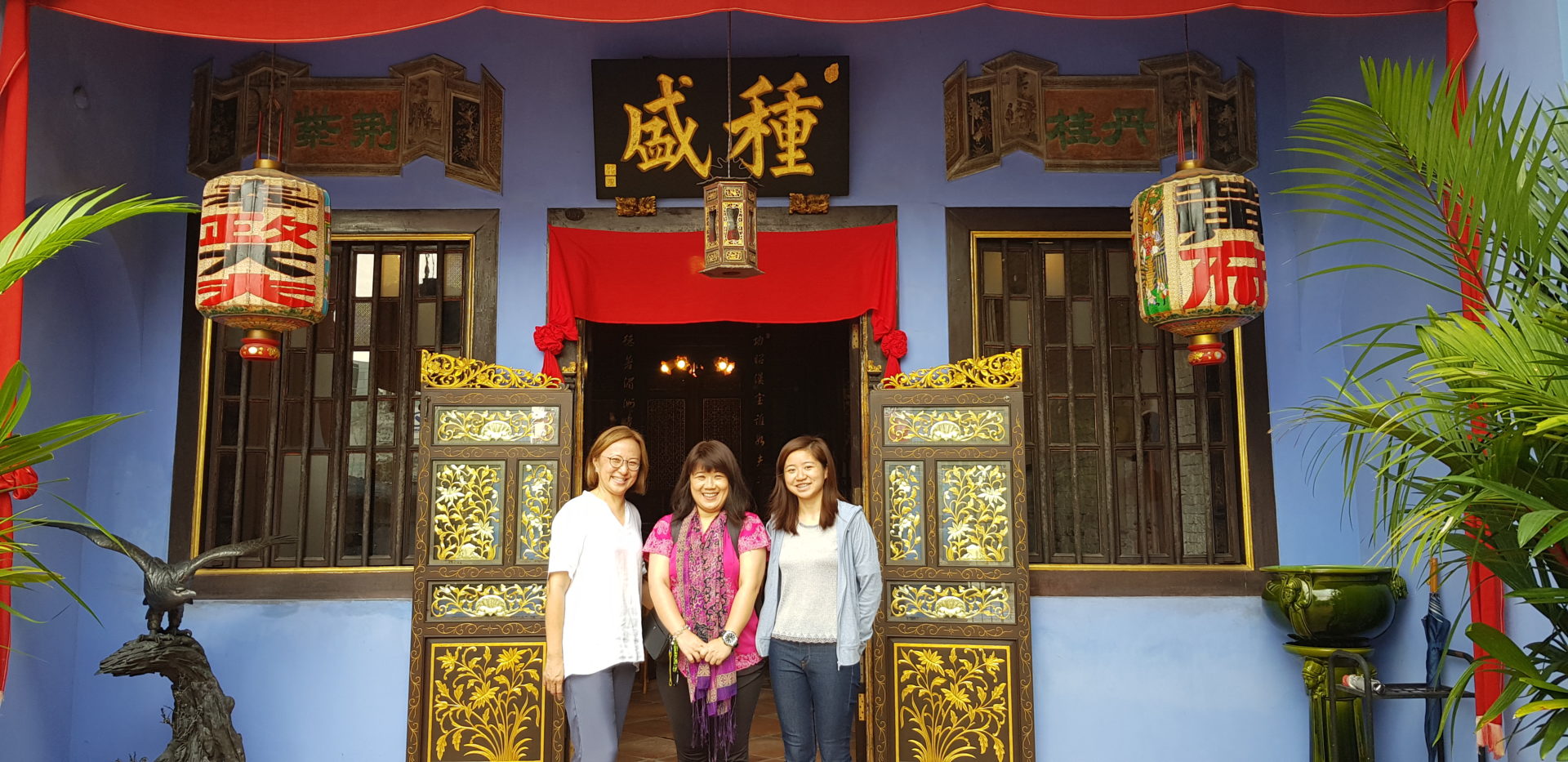
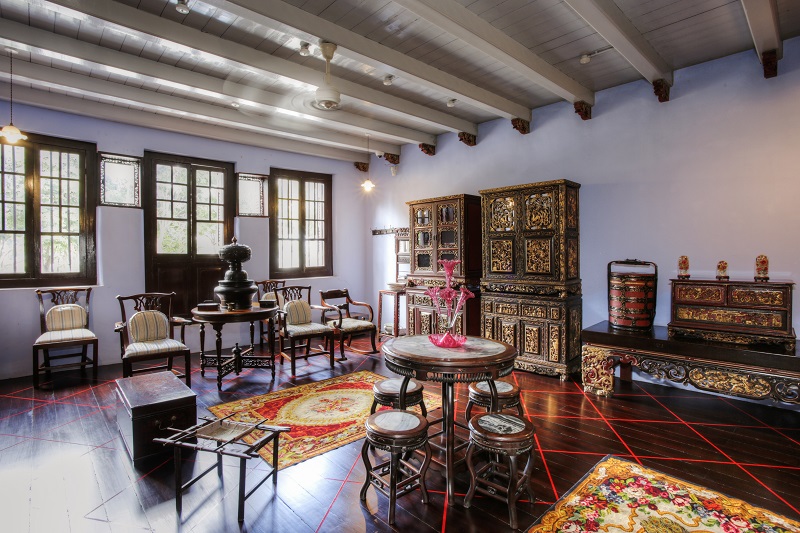
At that time in Singapore, the tax on this type of house was calculated according to the width of the façade so houses were usually built deep but narrow. This type of house would have had an atrium and at least two or three floors for good natural light and ventilation. Baba House originally had only two floors; the third floor was added later. The auspicious animal decorations on the first-floor eaves were made using the ceramic appliqué technique. Following restoration, the third floor was transformed into an exhibition venue showcasing the restoration process, exhibiting the original wooden doors, lights, and shingle fragments. As visitors climb the stairs to the third floor, they can see the outline of the original roof of the second floor reproduced on the atrium wall of the third floor.
On display are a collection of various cultural objects Chinese people came into contact with Southeast Asia at that time, whether bought through trade or given as gifts: Western ceramics, a phonograph turntable, a horn loudspeaker, and specimens of wild animals. There are also the ubiquitous Chinese cultural images, plaques, and calligraphic presentations of family precepts.
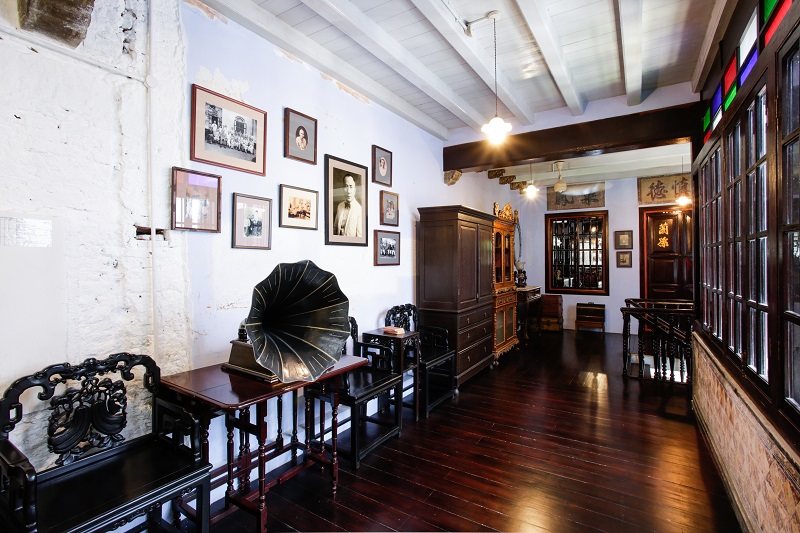
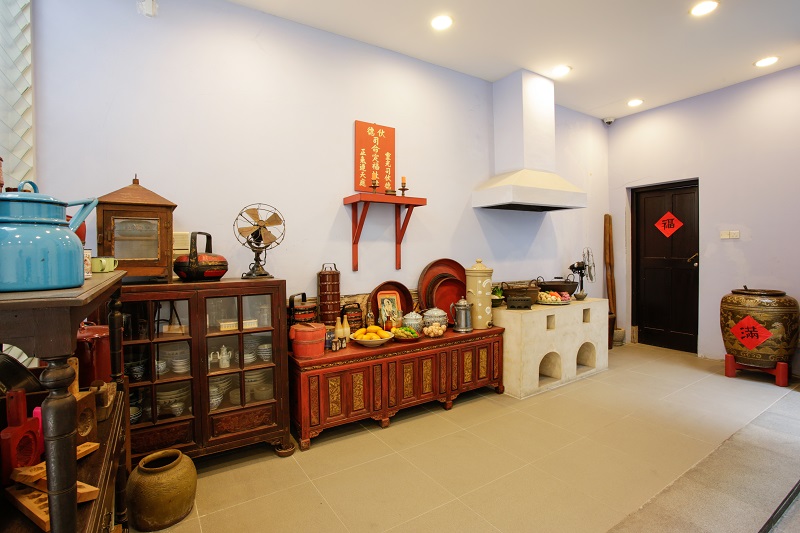
In the display kitchen, in addition to the pots and bowls and ingredients commonly used in Chinese cooking, there can be seen a bowl of Indonesian Buah [3] Keluak [4] made with the seeds of the Pangium edule tree. Peranakans in Singapore add these black nuts whole to their chicken dishes, while in Indonesia the insides are scooped out and ground up to use as a soup base.
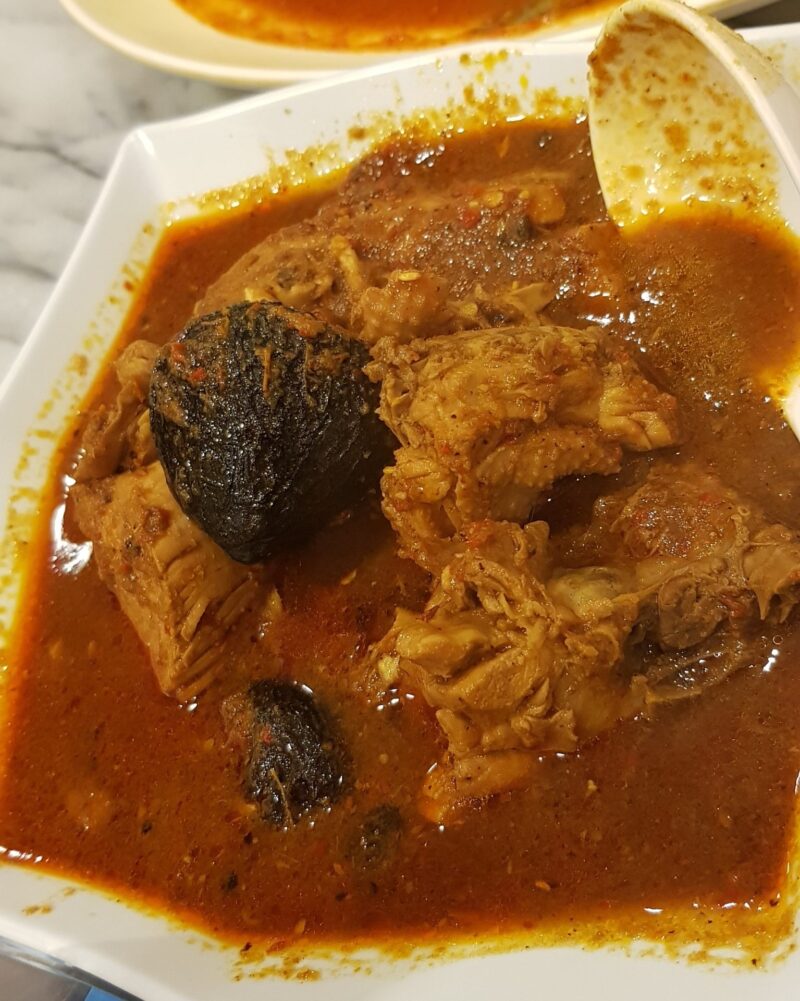
Cultural preservation and a display that everyone finds accessible
The restoration of Baba House does not exaggerate or romanticize the story of the Peranakan Chinese, but presents an authentic view of the culture, ways of life, and historical memory of this early Chinese–Malay mixed ethnic group. The idea behind the preservation and curation of historical sites here is that everyone can find historical memories and connections that mean something to them.
Note:
[1] Tun Dato’ Sri is an honorific bestowed upon politicians or social figures such as the highest-ranking nobles, business people, and educators who have made significant contributions to Malay society.
[2] Kue means cakes, rice cakes and snacks, even it is both Indonesian and Malaysian but with the influence of Hokkien language. The influences of Hokkien (early Han Chinese migration) can be seen in the languages.
[3] Buah means fruit. Even the word Buah is in Indonesian and Malaysian, it is originally from Hokkien language.
[4] Keluak means the black nut. The fruit originally grows in east Java island, Indonesia. The fruit is commonly used in the local cuisines of Indonesia, Malaysia and Singapore.
[5] Ayam means “chicken.”
References:
- National University of Singapore (2016). NUS Baba House: Architecture and Artefacts of a Straits Chinese Home. National University of Singapore.

